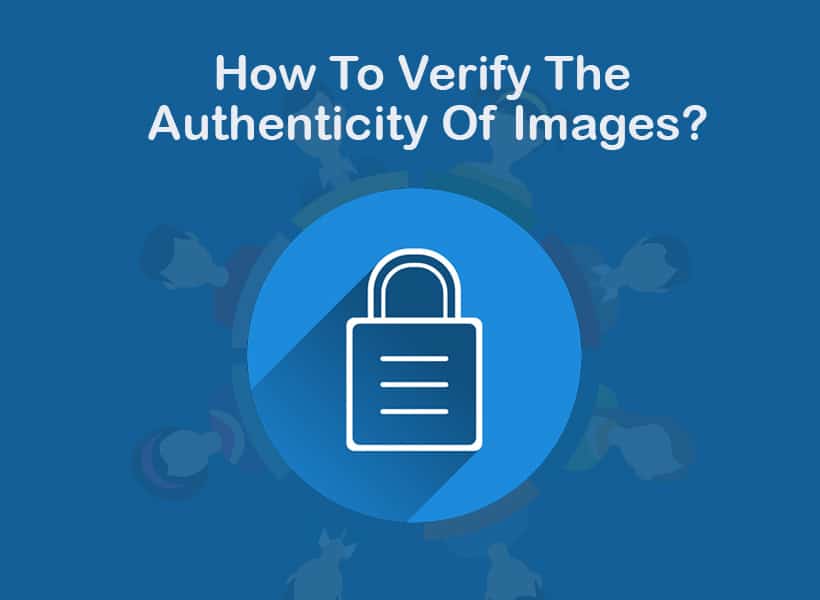
Many unethical activities are associated with pictures, from online scams to fake news dissemination. Nowadays, cybercriminals heavily depend on doctored images to defraud innocent people and propagate negative narratives about reputed persons.
The circulation of fake photos is increasing daily, so it has become necessary to distinguish between genuine and counterfeit visuals. In this article, we will walk you through some effective practices that will help you know whether a picture is original or phony.
So, if you want to save yourself from any image-related fraud, read this article until the end.
Analyze The Image’s Source
If you encounter a suspicious picture on any of the social media platforms or websites, the first thing you should do is source evaluation. A dubious picture featured on an untrustworthy site or profile could likely be fake.
Therefore, before implementing other picture authentication strategies, check whether the source is credible. If it is a social media profile, check the previous posts and analyze whether the source previously posted fake images. You can also check posts’ comments to judge the source’s reliability.
On the other hand, if you find the picture on the site, check whether its past blogs or other pages contain authentic pictures. AA’s brilliant investigation can provide you with solid clues about reality.
Perform Reverse Image Search
When it comes to authenticating pictures, reverse image search proves highly beneficial. This search by image technique enables you to conduct a contextual and comparative analysis of the intended picture with similar images from different sources.
You just need to upload the doubtful picture to a reliable reverse image finder and let the tool discover its identical versions. Once the results appear, you can analyze the apparent difference between the provided photo and its matching variants. This image search will help you know whether the image is digitally altered or not.
Furthermore, navigating to the different sources allows you to determine whether the picture is uploaded with the same context across all sources. A significant change in context can strongly indicate that the image is inaccurate.
Inspect For Digital Alterations
Another practice that can help you authenticate an image is performing an on-the-spot analysis for digital alteration. As mentioned earlier, fraudsters benefit from online editing tools to manipulate pictures by tampering with objects and other visual features. So, if you analyze the photos deeply, you can see the signs of manipulation.
In this regard, zoom in on the different parts of the intended picture, especially the object’s edges. Look for excessive blurriness or unusual roughness at edges, as it directly indicates the insertion or removal of objects.
Also, analyze whether there is anything strange in lights, colors, and shadows. Missing or wrong-direction shadows can be a significant sign of alteration. Most importantly, the background details should be examined keenly, as they are often fake.
Look For Signs Of Deepfake
Cybercriminals are not limited to man manipulating images. They also create real-looking yet fake pictures using deep fake technology. They make realistic photos of reputed persons in compromising situations and disseminate them on the Internet to spread fake news.
Although such pictures are not recognizable, a careful analysis can reveal the truth. Pictures generated through deep fake technology often contain inaccuracies and specific signs. These include optional quality, excessive smoothness of objects, especially skin, and blurriness at the edges of objects.
Moreover, pixelated or improper body parts, especially facial features, directly indicate that the picture is generated through deepfake technology. If you encounter a picture with most of these signs, you are viewing a fake photo.
Inspect The Image’s Metadata
The metadata of an image is the rich details associated with the file. It can expose a picture’s reality. It mainly contains three types of information regarding a photo: technical, descriptive, and administrative.
The technical part usually includes details about the time, date, location, and camera with which the picture was taken. This information indicates that the picture is not AI-generated but captured by a human.
The descriptive and administrative sections often encompass information about the author and image rights. The absence of this data can indicate that someone has removed the information. This hints at illegal use of the picture, such as manipulating it and using it in fake news dissemination.
The Final Words
In short, you can authenticate a dubious picture in many ways. We have mentioned some of the most effective methods above. From source evaluation to metadata inspection, everything is explained thoroughly. So, whenever you encounter any fishy photo online, apply our suggested techniques to verify its authenticity.